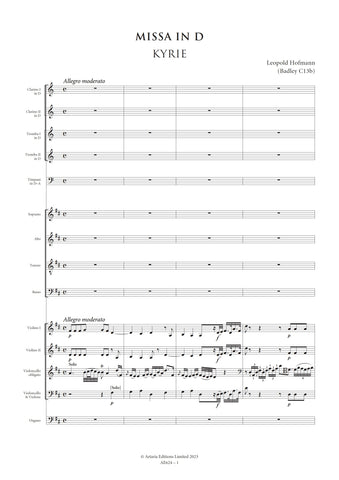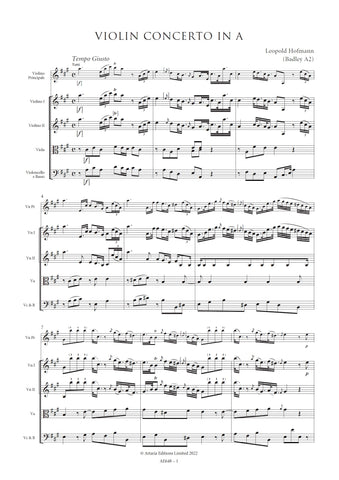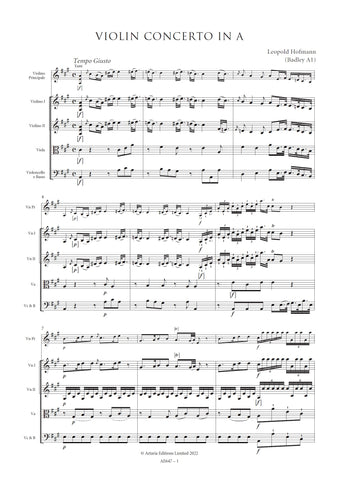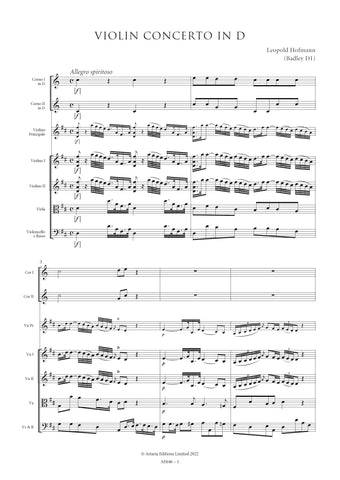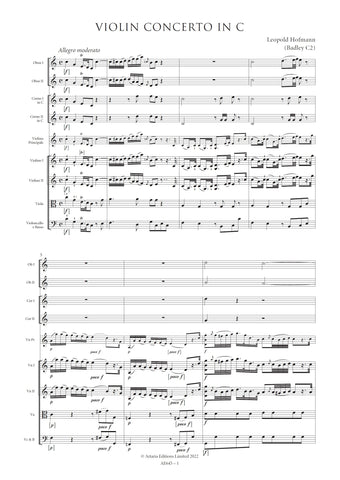Description |
Hofmann, Leopold (1738-1793)
|
||||||||||||||||||
Audio sample |
|||||||||||||||||||
Details |
The present work is among Hofmann's earliest symphonies. Its appearance in the Egk Catalogue establishes a composition date of ca. 1759 and thus makes the work roughly contemporaneous with the first symphonies of Joseph Haydn to whom the work is attributed in one source. Two of the extant sources substitute clarini for horns and a further copy, the existence of which is known from an entry in the Sigmaringen Catalogue, apparently included clarini and horns in the orchestral forces.Written when the composer was around twenty years of age this symphony provides a good illustration of the reasons why Hofmann was so highly regarded early in his career. His musical structures are elegant; his melodic writing attractive and his handling of the orchestra assured. This edition is based on a set of contemporary manuscript parts preserved in the archive of the Gesellschaft der Musikfreunde in Wien (Q 18436). The wrapper reads: "Sinfonia / a / Violino Primo / Violino Secondo / Oboa Prima / Oboa Seconda / Corno Primo / Corno Secondo / Viola Basso / Del Sigre Leopoldo Hoffmann". In the absence of both the autograph score and an authentic set of parts the edition sets out to reflect as faithfully as possible the intentions of the composer as transmitted in the source. The style and notation of articulation and dynamic markings have been standardised throughout, and, where missing, reconstructed from parallel passages. These are indicated by the use of dotted slurs or brackets. Like most eighteenth-century sources, the present manuscript is inconsistent in its notation of appoggiature; these too have been standardised to minimise confusion. Obvious wrong notes have been corrected without comment; editorial emendations with no authority from the source are placed within brackets. Allan Badley |
Loading...
Error




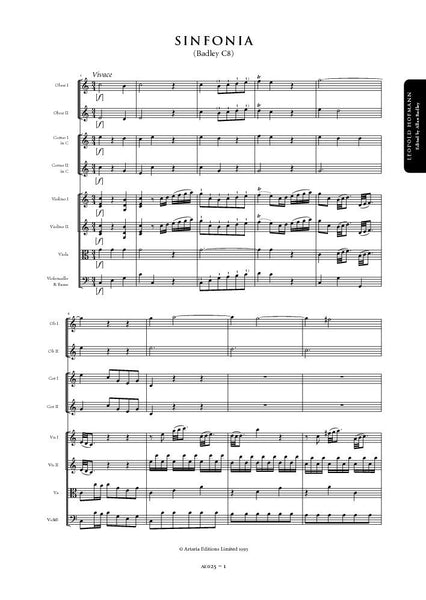
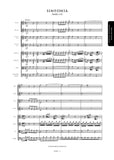
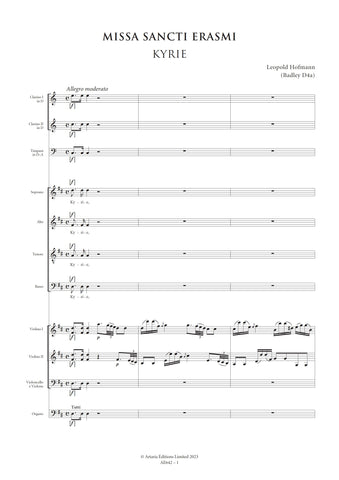

![Hofmann, Leopold: Missa Sancti Erasmi (Badley D4a) [Vocal Score] (AE642/VS)](http://www.artaria.com/cdn/shop/files/ae642vs_1stpage_large.jpg?v=1697798128)
![Hofmann, Leopold: Missa in D (Badley C13b) [Vocal Score] (AE624/VS)](http://www.artaria.com/cdn/shop/files/ae624vs_1stpage_large.jpg?v=1697794050)
